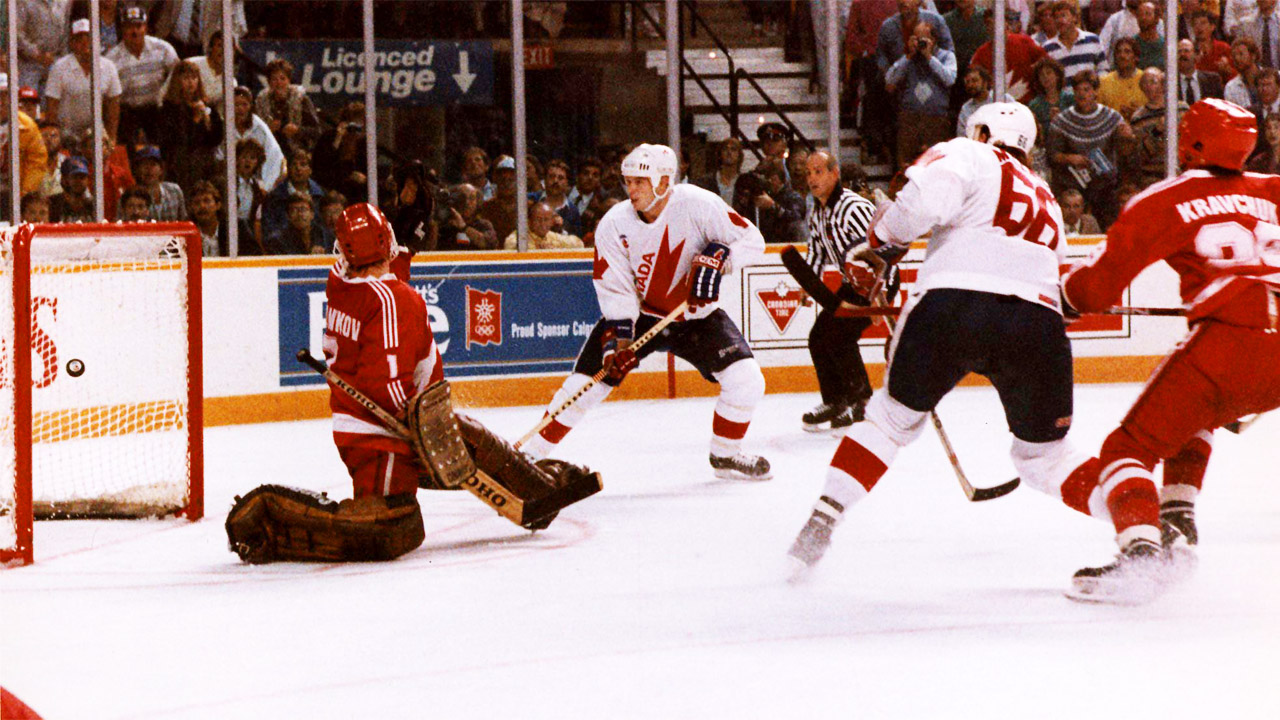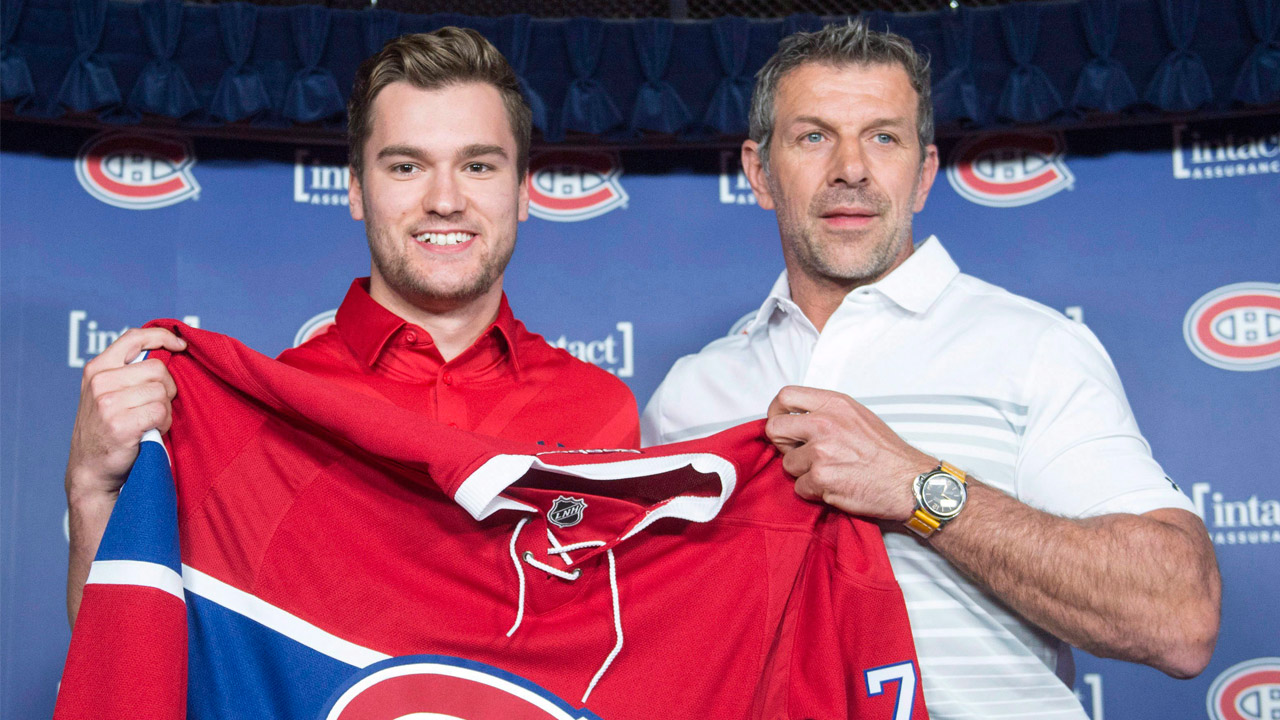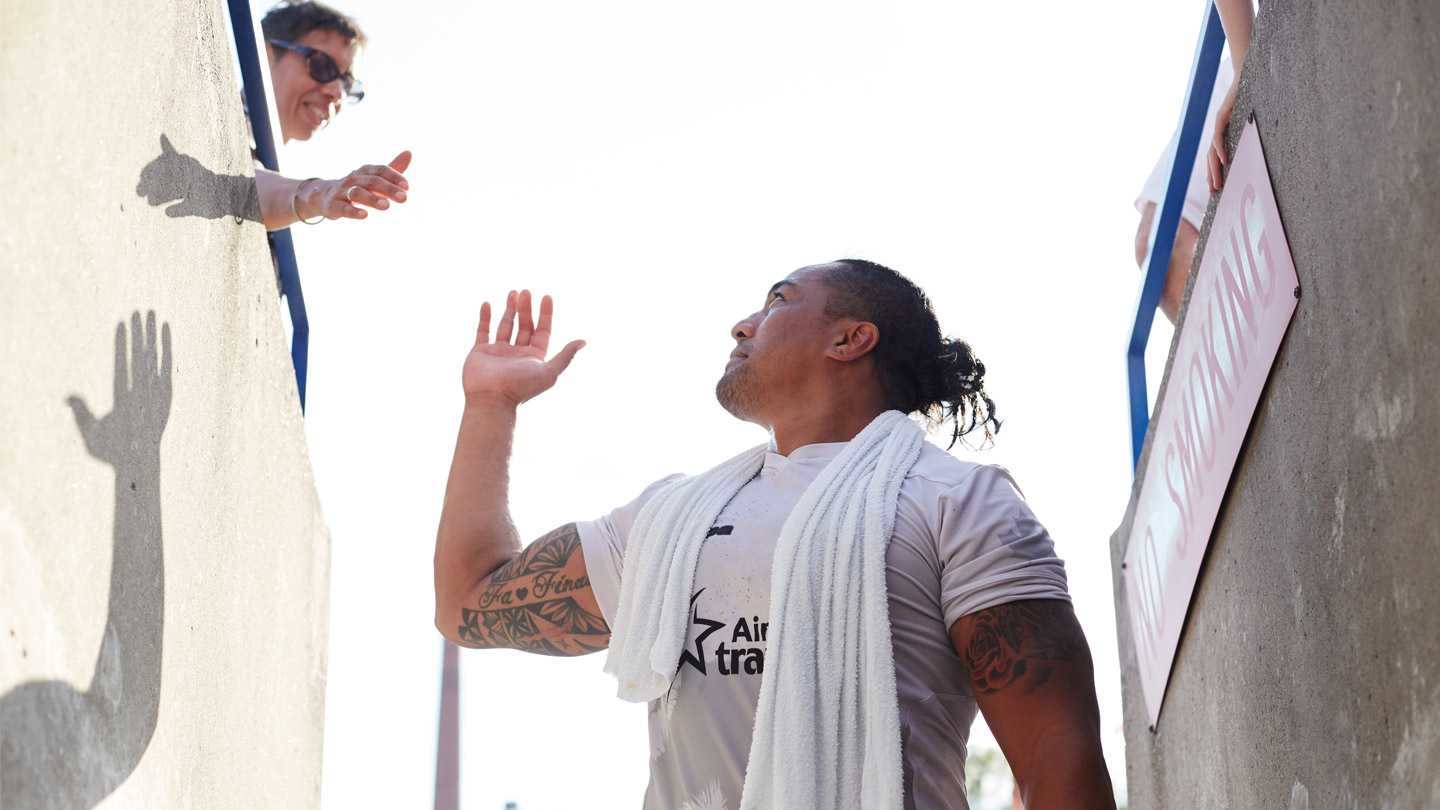When Steve McKenna stepped on the ice for his first game with the China Sharks, in 2008, he looked at the more than 2,000 boisterous fans in the stands and felt the familiar rush he’d experienced through his eight seasons in the NHL. His hockey career had already included stints with the Los Angeles Kings, Minnesota Wild, Pittsburgh Penguins and New York Rangers before he headed overseas to play in the United Kingdom, Italy and South Korea. But the six-foot-eight 39-year-old expected that this final chapter was likely to be the most interesting.
McKenna agreed to join the team as a player-coach mostly for the adventure. The Sharks’ training camp in northern China had delivered. It was held in an oddly shaped rink designed for figure skating. There were no hockey nets for the first few practices, until a pair could be shipped in. No matter. The team was busy dodging the tiles that intermittently fell from the ceiling, stopping drills so the shattered pieces could be swept up.
The conditions seemed much improved on opening night at the team’s home rink in a university town just outside of Shanghai. Initially intended for basketball, the facility had two bowls of seating, with a capacity of 6,000. A brand-new ice surface had recently been installed, and a marketing campaign to lure local fans appeared to have worked. The Sharks went on to beat the Nippon Paper Cranes — the perennial powerhouse of the Asian Ice Hockey League (AIHL) — in their opener. Beating a team from Japan was considered an enormous accomplishment and the majority of Chinese-born players on the Sharks roster celebrated like they’d won the league championship. This is a place where hockey just might survive, McKenna thought in the Sharks’ state-of-the-art dressing room after the game.
In just its second season of existence, everything seemed to be falling into place for the Chinese affiliate of the NHL’s San Jose Sharks. That was until two days later, when they took the ice at home once again. The rink was silent; the boisterous crowd of 2,000 from the opener reduced to a fraction of what it’d been. “We didn’t really bank a lot at the concession,” McKenna jokes of that second home game. “Let’s say [the fans] dwindled off…”
The China Sharks were one of the NHL’s first direct attempts to break into the world’s most populous country. The team lasted just two seasons in the AIHL before the Sharks’ relationship with the Chinese Ice Hockey Association (CIHA) dissolved. Nearly a decade later, though, that effort still remains an outlier for its scale and ambition.
There are more than 1.4 billion people in China, but it’s a nation shrouded in bureaucracy with a massive — yet opaque — economy. In Beijing, the country’s most populous city with about 25 million people, some estimate there are just 2,500 hockey players. According to the International Ice Hockey Federation, there are only 1,100 registered players in the entire country. Despite that dearth, Beijing will host the 2022 Winter Olympics, and China intends for its national hockey teams to be competitive at the Games. The country has a track record of quickly producing talent in its state-run programs, pumping resources and energy into sports in which it wants to succeed. In China, it seems, if the government has the will, then there’s a way.
This week, the NHL will attempt to capitalize on that government interest in developing hockey by holding two exhibition games between the Kings and Vancouver Canucks in Beijing and Shanghai. China envisions 300 million Chinese youth participating in winter sports over the next six years, says Bill Daly, the NHL’s deputy commissioner. “One of the real assets that China brings to the table is the vast population, says Daly. “What that can mean from [a]… business standpoint is valuable.” But while developing a sustainable audience in China is a lucrative prospect, the league knows it’s far from a sure thing. And as the NHL continues its quest to break into the Holy Grail of sports markets, the lessons of the short-lived Sharks offer insights into the struggles big-time pro hockey will face if it wants to have any future in the world’s most populous country.
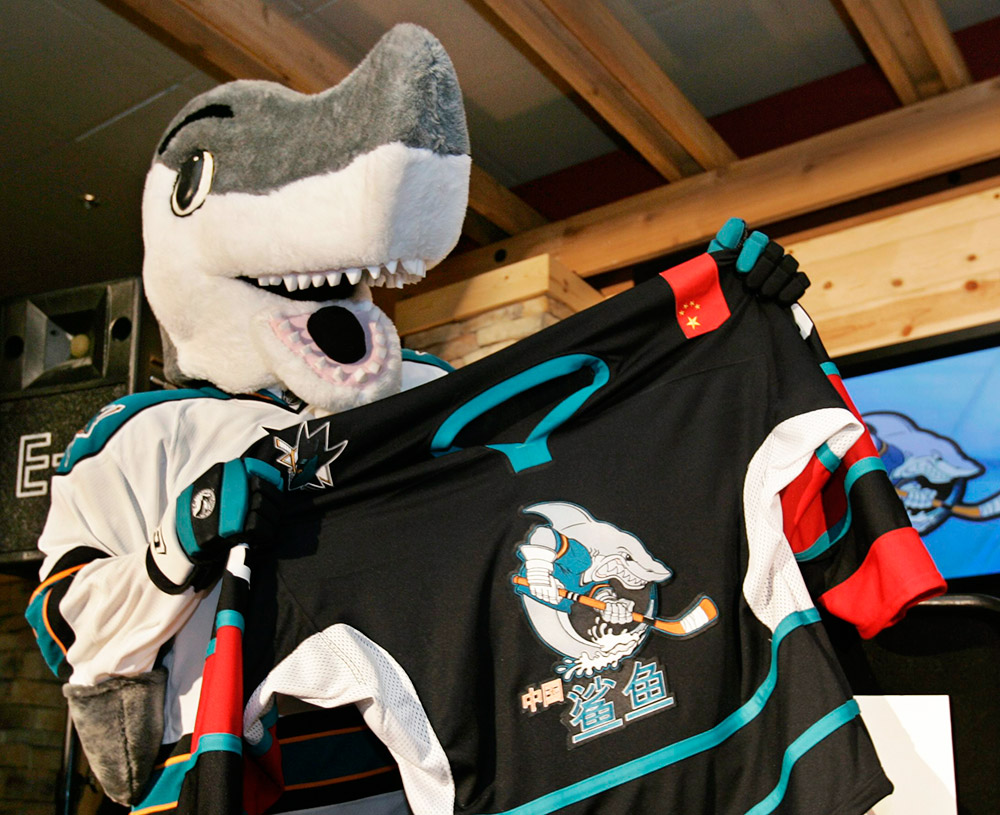
Chris Collins knew a lot about hockey, but very little about China when the idea of creating an NHL affiliate in the country was first brought up to him in 2005. The two Chinese teams in the fledging AIHL had been decimated by their opponents in Japan and South Korea, managing just 29 wins in 228 games since the league had formed a few years earlier. The CIHA, which oversaw all hockey in the country, had decided to merge both and start fresh with a new franchise — and it was looking for new expertise.
Collins was a long-time broadcaster with the San Jose Sharks, before becoming a popular radio host in Seattle. He’d also embarked on digital sports media and hockey scouting ventures. When he heard about the opportunity in China, the entrepreneur in him saw possibility. Rather than forge a connection with the CIHA, though, Collins sought to partner with an NHL franchise, believing the affiliation would bring more clout as the team broke into the Chinese market. Collins went to several NHL franchises with a proposal to partner with the new AIHL team and says he received serious interest from the Kings, Canucks and Dallas Stars before eventually coming to an agreement with San Jose, his former employer. In September 2007, Greg Jamison, then the Sharks president and CEO, announced that the franchise would partner with the Chinese AIHL team, sending over coaches and players in its system along with funding to help develop youth hockey in the country. The team was called the China Sharks. Collins was named its general manager.
Collins hired Derek Eisler, a coach with the San Jose Jr. Sharks program who had been with the franchise since the early ’90s, to be his head coach. When they arrived for the team’s training camp, they were introduced to 25 players and a handful of coaches that the CIHA had selected for the team. Right away, Eisler says, it was clear that interference from the government association was going to be one of the biggest obstacles they faced. Collins agrees that the two realized pretty quickly that the existing CIHA leadership was more concerned with asserting control than developing the sport. The CIHA maintained final say over the team’s personnel decisions, leaving Collins struggling to find a way to make the Sharks competitive. “The biggest problem you face in China is bureaucracy,” he says. “Yes doesn’t mean yes — and no rarely means no.”
That inaugural season, the China Sharks played on the outskirts of Beijing in a rink that looked like a municipal minor-hockey facility. The single ice pad had some stands along one side, and there were five small dressing rooms — one of which the coaches converted into an office. There was a weight room upstairs, but the team wasn’t allowed to use it.
The Sharks imported a handful of players from North America who had collegiate, major-junior, or minor-pro experience to join the squad of mostly Chinese players — all of whom came from two northern cities, Harbin and Qiqihar, which were among the few places hockey was played in the country, Eisler says. The Chinese players on the Sharks stayed in rooms attached to the rink. The North American players and coaches stayed in a hotel a block-and-a-half away. It was a dismal first year.
A few of the Chinese players had considerable skills, Eisler says, but they had never played the game with structure. They could skate, pass and shoot — but didn’t have the hockey IQ needed to win as a team. Playing home games in their empty barn on the edge of Beijing, the Sharks failed build a following and only won three games. “That first season felt thrown together, but it set us up for a lot of good in the second year,” Eisner says.
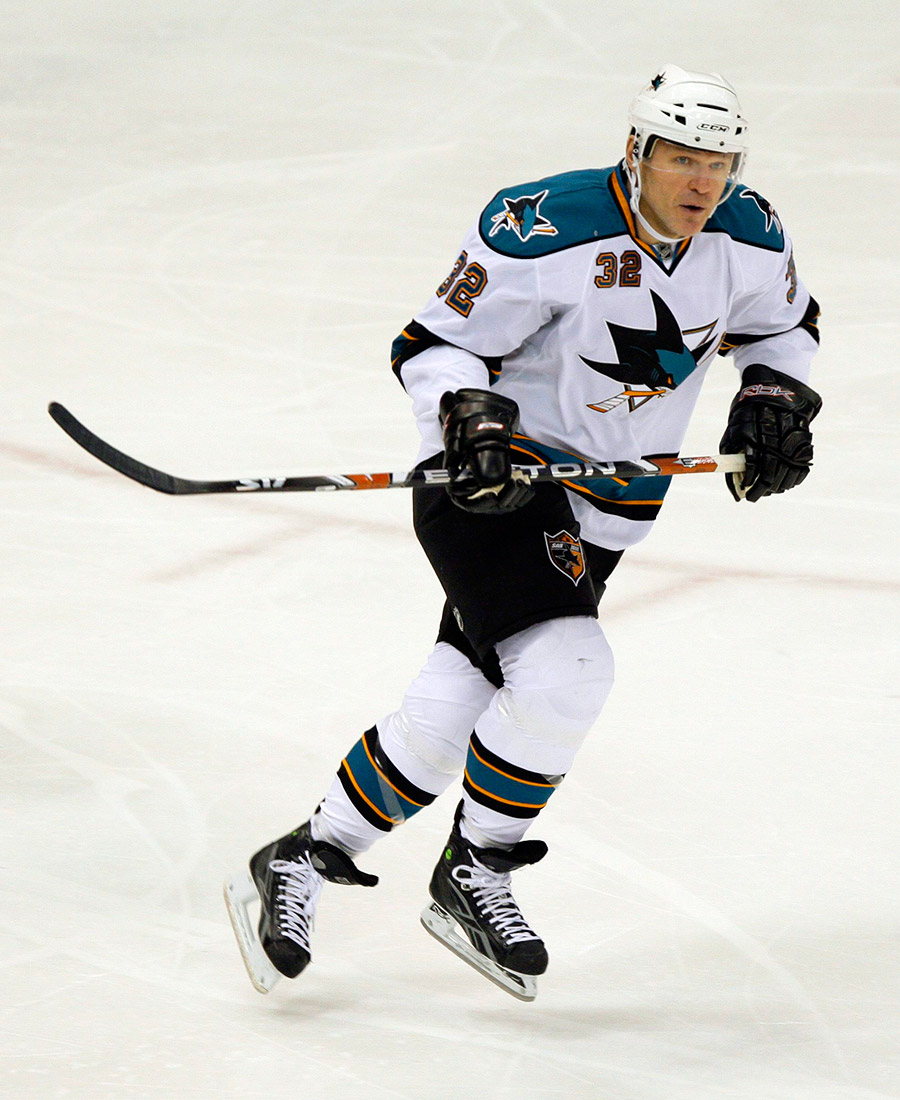
Collins knew changes were necessary for the venture to succeed. That spring the ownership group in San Jose announced they’d be overseeing all of the China Sharks hockey operations. The team would move from Beijing to the university town outside of Shanghai where McKenna first suited up for them. They’d play in a 6,000-seat stadium on a surface installed by the NHL’s own ice experts. Several of the Chinese-born players would attend a summer training camp in San Jose, learning the NHL club’s system from its new coach, Todd McLellan.
Collins went to work recruiting players who would make the Sharks more competitive. Along with McKenna and 40-year-old goalie Wade Flaherty — another NHL vet who signed on as a player-coach — Collins added 23-year-old Kevin Du, who had starred at Harvard University before skipping around the minors. Collins thought that signing Du, a North American player of Chinese descent, could be a huge draw for local fans.
Du’s parents are both from Vietnam, part of the country’s Chinese community, which was persecuted during Communist rule in the 1970s. They were granted refugee status and eventually resettled just outside of Edmonton. Du had never visited China and was excited that hockey was going to give him that chance. He spent the summer learning as much Mandarin as he could, but only had a few basic phrases by the time he arrived at training camp. “I was a minority everywhere I went [growing up in Alberta],” Du says. “It was an interesting dynamic, going to China and not being a minority, but feeling like a minority because I couldn’t speak Mandarin.”
Du could see that his Chinese teammates shared the same skills as North American players, but their approach to the game was different — as though it was a different dialect of the sport. He learned that most of the hockey players in China came from the northeast part of the country, where a sport called boyikuo that resembles modern hockey has been played by the Daur people — the predominant ethnic group in the region — for nearly 1,500 years.
Hockey as we know it has been played recreationally in northeastern China for a little more than a century. In his book Tropic of Hockey, Dave Bidini writes that organized games first appeared in 1935 at the Winter Spartakiade Games in Beijing, and the sport’s popularity grew when the Ice Hockey Association of the People’s Republic of China was formed and started to build rinks in the 1950s. In the northeast, participation increased through the 1960s, until it was halted by the Cultural Revolution.
When hockey emerged again in the 1970s, it was due to Soviet influence. Players learned from interactions with Russians, who emphasized passing and puck possession. Paul Xeng, who grew up in northeast China, learned the game from his father who played in the Chinese Hockey League in the ’70s. He explains that when he was starting in the sport, he only had older, local players to look up to. In the 1980s, Xeng played in the government-sponsored league. At the time, the only North American player he’d heard of was Wayne Gretzky. “We knew nothing of the NHL,” says Xeng, who still recalls the first time he watched a taped Detroit Red Wings game on state television during the 1996–97 NHL season.
When the Soviet Union broke apart in 1991, Xeng says, Russian influence in the region began to wane. Around the same time, the Chinese government started to fund what it considered to be sports the country could win gold medals in. Without government support, participation in hockey took another downturn.
The style of hockey Du’s Chinese teammates played was a product of that second lost era. The Sharks could pass and shoot, Du says, but the fundamental understanding of team systems just didn’t exist. They had to practice their pre-game warm-up routine, because the players weren’t familiar with shooting drills like the horseshoe — standard fare for minor-hockey teams in North America. Concepts like back-checking didn’t exist, says Flaherty. But slowly Eisler helped bring structure. A month into training camp, Du says it felt like the team was starting to develop a unique chemistry on and off the ice.
Still, the revamped lineup and NHL-style systems took some time to catch. The Sharks opened their second season on the road and arrived in Shanghai for their home opener deep in the hole, after going winless during a six-game trip through Japan.
Management had put a great deal of effort into marketing the Sharks in Shanghai. When the team took the ice at Songjiang Stadium, they were surprised by the size of the crowd cheering for them. Even though the arena was only a quarter full, the rink thundered with excitement as the Sharks battled the Paper Cranes. Flaherty, who had expected to coach more than play, made 40 saves in the game. The Sharks won 3-1 and the players went wild. It felt like a turning point. Until that second, disappointing home game. It seemed the team could draw a crowd as a one-off spectacle, but sustained interest would be much harder to achieve. Somewhere around $4-million USD had been pumped into the Sharks to help build the product, says Collins. And while the effort generated some loyal fans, the team didn’t have enough time to develop a large, passionate base.
The loss of fans was discouraging; the Sharks apparently state-of-the-art facility quickly became even more of a downer. A basketball stadium built without hockey in mind, the interior’s warm climate created constant problems. Fans could watch the game wearing shorts, which was great for them but really bad for the ice. Part of the roof was kept open, McKenna recalls, apparently to draw humidity out of the rink. Instead, it caused a wall of fog to form on the ice, preventing players from seeing what they were doing. The ice itself was also a problem. The refrigeration system broke regularly, causing fissures to open in the surface. Once, Du says, a game was postponed when an enormous crack stretched across the ice. It took a couple of hours to fill, then officials decided to continue the game and the players tentatively returned. Another time, Flaherty watched as the Zamboni driver crashed into the end boards while cleaning the surface. The impact cracked a pipe, flooding the ice with warm water and causing it to melt. Several times that year, Du found himself wondering: How did this happen?

Because the team’s policy forbade the players from driving, the Sharks were issued bicycles, with baskets for their personal items. Several times that season, McKenna and Flaherty would glance at each other as they pedaled to the arena in their game-day suits and crack up. “It was like, ‘Did you ever think your career would end up like this?’” says McKenna. “Here we are, two guys who played — and Wade was a pretty solid goaltender in the NHL — and we’re riding bikes in some small village in Shanghai.”
That fall, Claude Lemieux decided to come out of retirement and signed a contract with San Jose. For conditioning, the Sharks sent the 43-year-old to play with the China Sharks for three weeks. (Initially, Du says, many of the players thought Mario Lemieux was coming. There was only mild disappointment when they realized it was Claude.) Lemieux joined the team at the beginning of a three-week road trip, which started with a hastily planned tournament in Beijing. He arrived late in the evening and no one from the team was awake at the hotel to greet him, Eisner recalls. The next morning, Eisner went to find the four-time Stanley Cup winner. He was informed that the hotel had been overbooked and there had been no room for the team’s new player. Eisner followed the hotel clerk to a custodial closet, where he found Lemieux getting ready for his first day with the China Sharks.
The tournament in Beijing turned out to be a haphazard affair that included a squad from a local university and a Russian team that appeared to have been plucked out of a beer league. (Only a few of their sweaters matched.) McKenna sat in the locker room watching Lemieux tie his skates with the fiery intensity that he’d built his career on. “This is Claude Lemieux. He’s a star — and here he is suiting up in this game?” McKenna says.
Lemieux played as though it were an NHL game. When an opposing player took a swipe at Lemieux with his stick, the Sharks swarmed the offender. He was their star, dammit — and they weren’t having any of it. “We were playing against a team that really had no business playing against us,” says Du. “And here is Claude Lemieux, as competitive as ever, going against some Russian dude who doesn’t know who he is.”
Lemieux stayed with the Sharks for the duration of their road-trip, which continued on to Japan and South Korea, before he returned to North America. (He picked up a single assist in 18 games with San Jose that year.) When he left, the China Sharks went on without him. Despite some tensions — like complaints to the federation over the heavy ice time North American players were getting — the Sharks grew close as the season went on. Du’s Mandarin improved and he became a pseudo-translator as the team battled for a playoff spot.
Partway through the season, Collins added two veteran players from Japanese teams to the roster. It was a controversial move. Games between the Sharks and Japanese opponents were especially heated, as cultural tensions boiled over onto the ice. Collins knew the move would anger some of his players. He also knew it would draw the ire of the CIHA, as it would cost two Chinese-born players their spots.
The first game the Sharks played with their revamped roster was against the Paper Cranes. The players from Nippon started giving their Japanese compatriots a hard time on the ice, Collins says. When the puck was dropped to start the game, two Cranes jumped on the Japanese Sharks and a line brawl broke out. Several players from the Sharks’ bench leapt onto the ice to help out their teammates. The fight ended in a clear decision for the Sharks. The Paper Cranes captain had been tossed into the crowd, says Collins, who got into the action himself by putting the Nippon general manager in a headlock when he confronted him on the bench. “It was a message,” he says. “These are our teammates.”
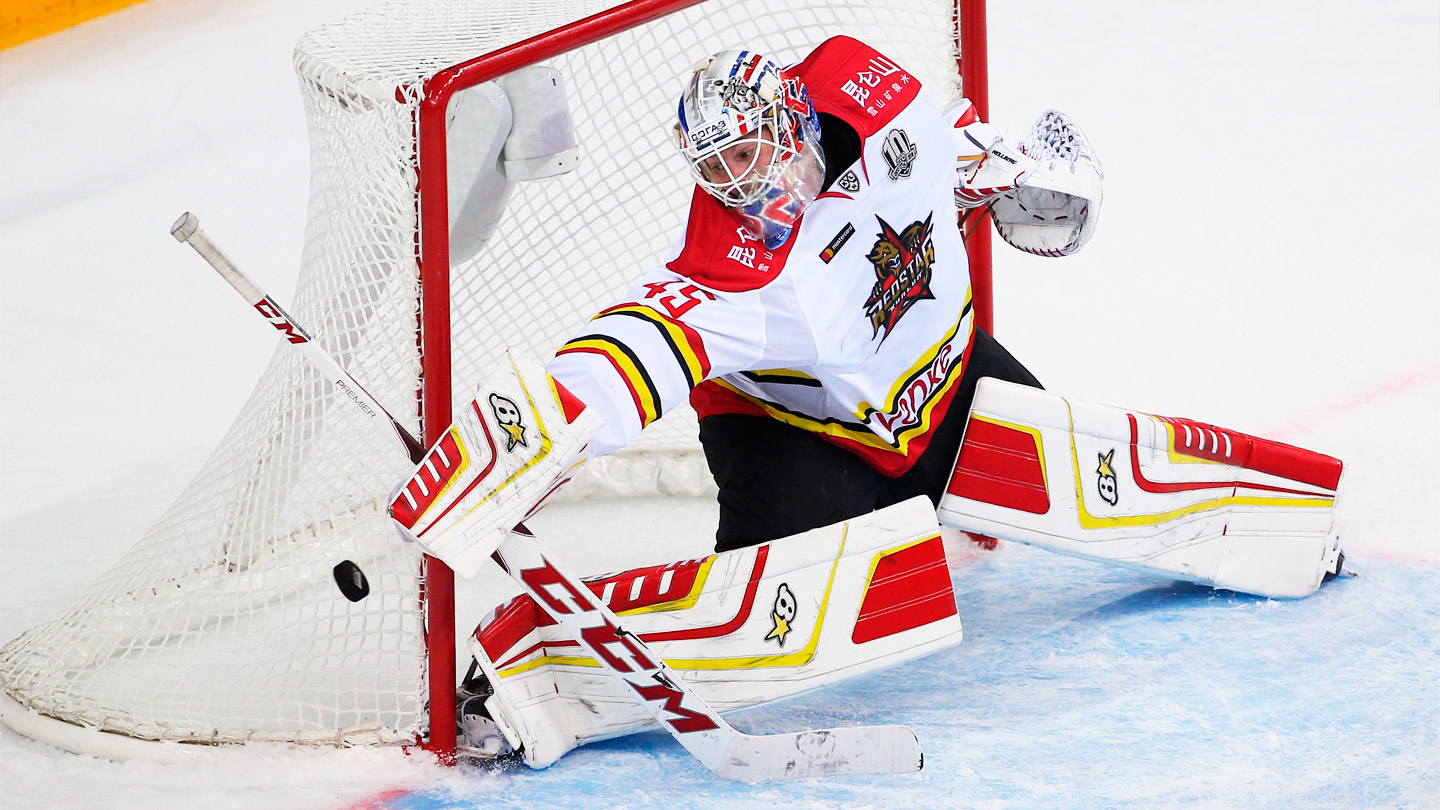
The Sharks improved dramatically over their first season, but still finished the second with a record of 7-25-4 and missed the playoffs. When players departed that February, it was with every intention of returning as the Sharks for another season. Despite the disappointing finish, despite rocky attendance and the fog and fissures on the ice, the Sharks felt they’d accomplished something in Shanghai, Eisner says. Efforts to build a grassroots program had led to decent participation in the team’s Jr. Sharks program. It would take time to develop a consistent fan base, but Collins believed there was enormous potential for hockey to flourish in China. The Sharks hoped they’d have the chance to see it through. But that spring, as they planned for a third season, Collins was informed by the CIHA that his services were no longer required. The Sharks would be back under the direct control of the Association, he was told. The bureaucracy was taking its team back. And just like that, the China Sharks were no more.
A lot has changed on the hockey landscape in China in the years since. The Toronto Maple Leafs, Montreal Canadians, Boston Bruins and Washington Capitals have all developed initiatives to grow the game and their brands in the country, mostly through grassroots programming. The New York Islanders have hosted a hockey tournament for teams from China for the past decade, and under former majority-owner Charles Wang, the Islanders actually preceded San Jose’s efforts, launching hockey camps in China as far back as 2003. Wang has personally helped fund the construction of 30 hockey rinks in the country. In 2015, the Islanders selected Andong Song at No. 172 — making him the first Chinese-born player drafted to the NHL. The league knows that making hockey popular in China is still a long shot, but believes it’s one worth taking. “We’re at the point in our overall evolution that making that investment to see how the market responds is a good investment,” says Daly.
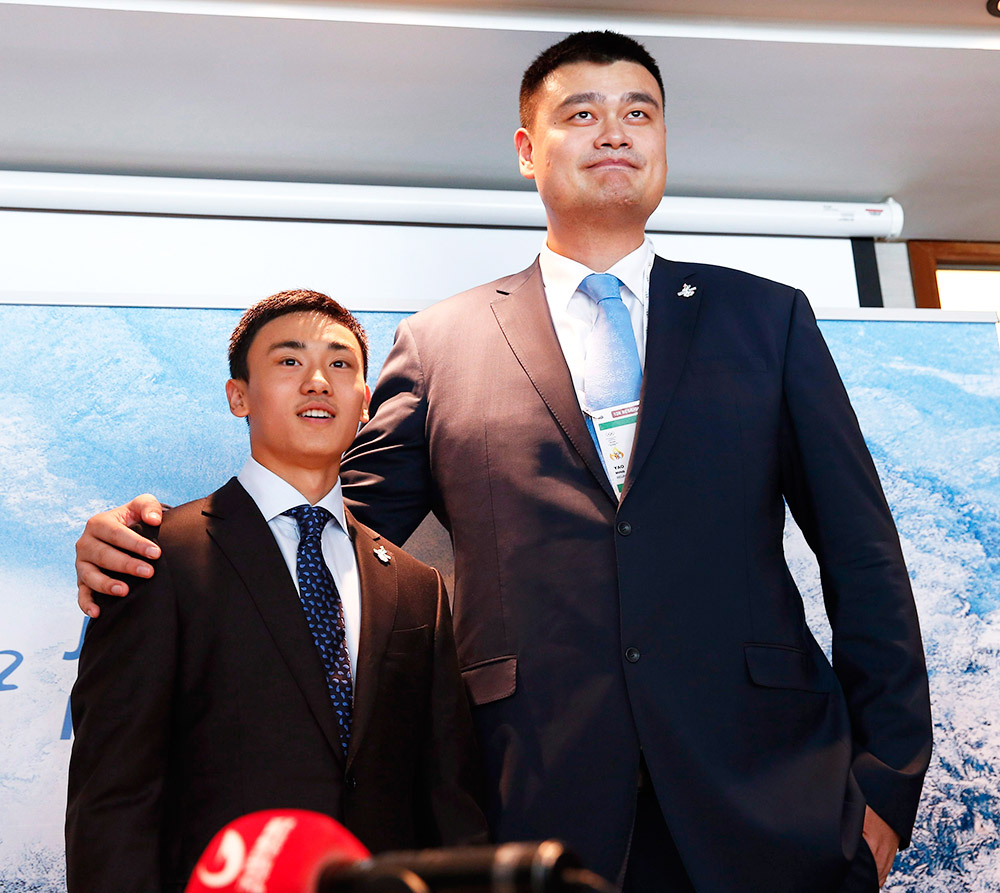
Meanwhile, the KHL has also made moves for the Chinese market, and expanded into Beijing last year with the Mike Keenan-coached Kunlun Red Star. (The Red Star averaged about 3,000 fans per game last season, in an arena that seats 15,000.) Rudi Ying became the first Chinese player to sign with a KHL team when he joined the Red Star last year. The 19-year-old forward was born in Beijing and attended the China Sharks grassroots youth camp during the team’s first season, Collins says — one example of how the Sharks’ influence carries on.
As much anyone, Collins knows how challenging growing a hockey fan base in a new country can be. He’s continued his work in China, developing grassroots programs, building rinks and consulting NHL teams that are looking to expand their brands into the market. The nation-wide appeal of soccer and basketball is evident across the country, he says, but even now, hockey hardly registers. The NHL can bring its marquee players over for fans to see, Collins argues, but until there are homegrown stars in the country — until there is a “Yao Ming on Ice,” as he puts it — hockey will face a tough road into a country that is inherently averse to outside influence.
If hockey has any hope in the world’s biggest untapped sports market, then, it will come from within. “It has to be China first,” Collins says.



